Super Parents Super Teeth
June 20th, 2025

Super Parents, Super Teeth
Parents and caregivers, how do you get prepare to get super teeth for children? It's not magic. It is through careful planning and creating healthy habits that will guide your child to obtain the best oral health for the rest of their lives.
Moms (and dads) it starts with eating right during pregnancy
Dietary Recommendations include:
- Fruit - whole, frozen, or canned without added sugar
- Vegetables - fresh, low sodium, green
- Whole Grains - ideal
- Protein - lean meats, include plant proteins
- Dairy (for Calcium) - unsweetened, fat-free, non-dairy (soy, almond)
- Drink lots of water, take prenatal vitamin, limit caffeine, take a folic acid supplement
S.M.I.L.E.
S-Supportive Care. When you have a supportive spouse, your child will glean from that benefit. This makes doing difficult things like going to the dentist for your child's first visit, not difficult.
The Fear Factor. This is real. Many children and even adults have a fear of going to the dentist. There are many factors that contribute to it. New Environment. The dental office is a new space for your child. There are new sights and sounds for the senses to process. This can be overwhelming. Parents can also create undue stress from their own childhood experiences going to the dentist. Other sources such as the internet, friends and family can all fuel negative feelings. This all can add to the anxiety level of your child.
M - Monitoring Growth. Understanding your child's oral growth will help empower you to be a super parent. At your child's dental visit, dental timelines will be discussed. This includes discussing when teeth will first erupt and also when they will be replaced by permanent ones. Moreover, checking the jaw for proper alignment and growth will be discussed along with teeth spacing or lack or crowding. Lip and tongue ties will be assessed. Any injury to the oral cavity, teeth, tongue, lips, etc. will also be reviewed as well. Finally, the teeth will be checked for dental decay or cavities.
I - Instruction and Intervention. Basic brushing techniques will be reviewed. The use of rice grain size amount of toothpaste will be recommended for any children who have still have not mastered the ability to spit. A pea size amount of toothpaste will be recommended for all other ages. Supervised brushing and flossing will also be recommended for all children until they can tie his or her shoelaces. This will be a good sign that he or she has the manual ability to brush properly. The use of dental sealants is a great way to decrease your child's risk of developing dental decay.
L- Lifestyle Guidance. Diet places a vital role in keeping your child's teeth healthy. A surprising rise of fruit pouches consumption has also been linked to increased risk of dental decay due to the fact that they have added sugars. Parents, limit your child's exposure to sugary snacks and sugary drinks, like sodas. Parents, use a sand timer or even an app, to help your child brush for the allotted 2 minutes.
E- Early Intervention. The American Academy of Pediatrics recommends your child have their first dental visit by age one. Home care recommendations include an easy to remember 3-2-1 guide.
3 - Brush your teeth three times a day after meals.
2- Brush for two minutes each time.
1- Floss your teeth once day (if your teeth are in contact with one another).
If you have enjoyed this content. Continue to read our blogs and visit our website for more healthy information.


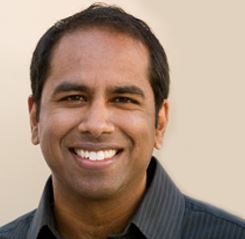



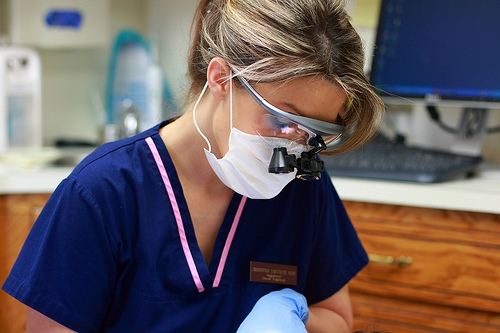






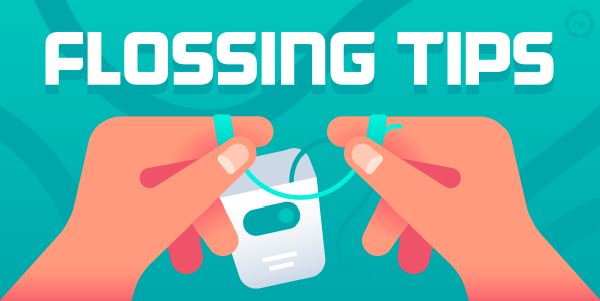
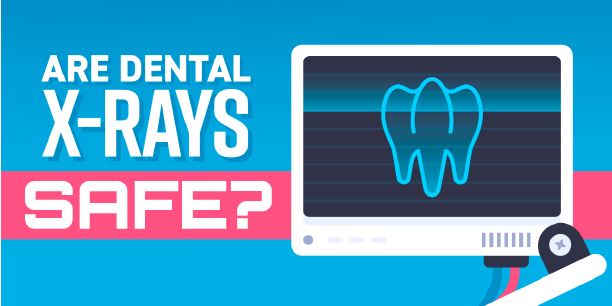

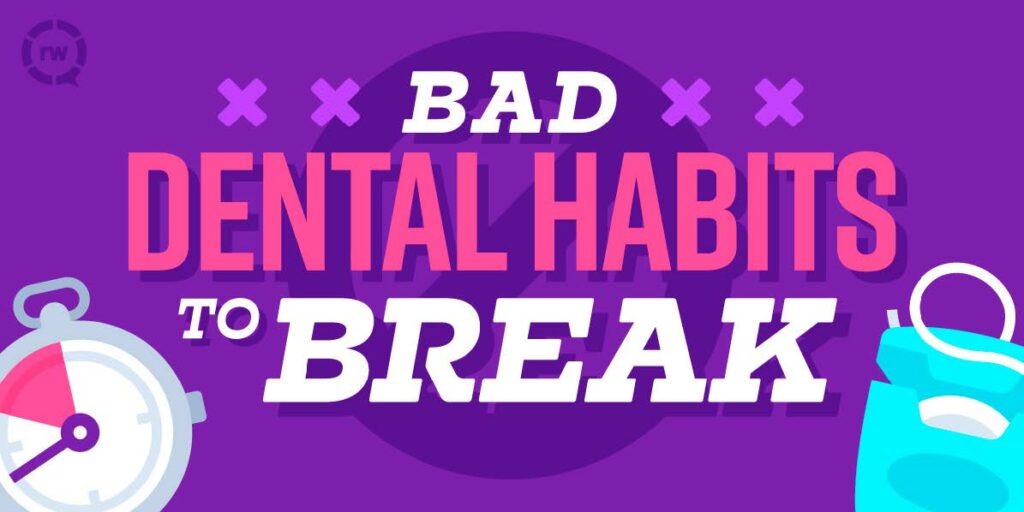
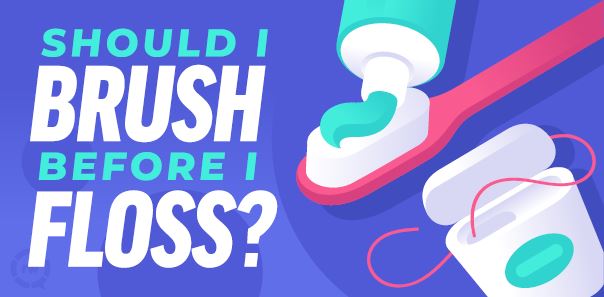

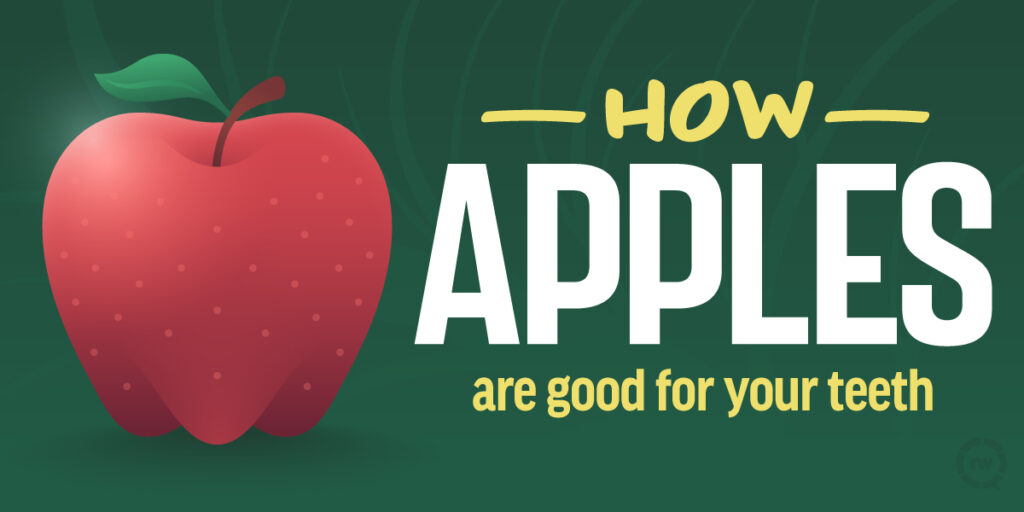
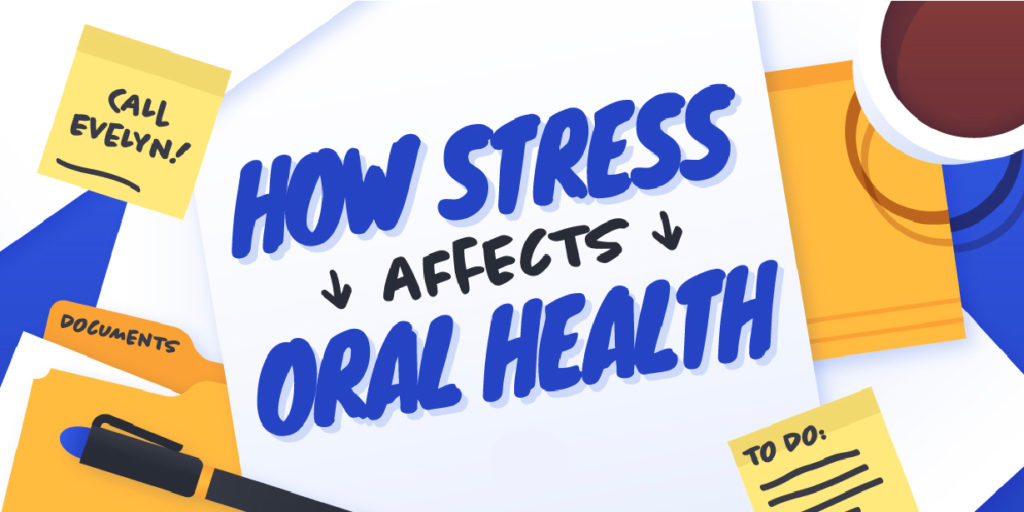
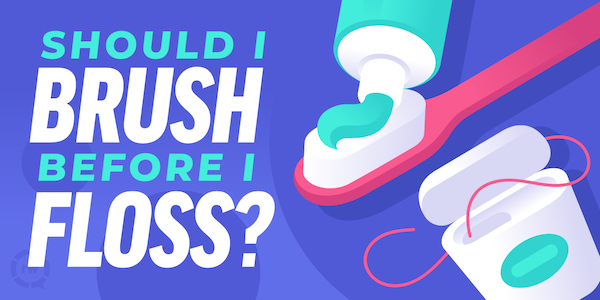
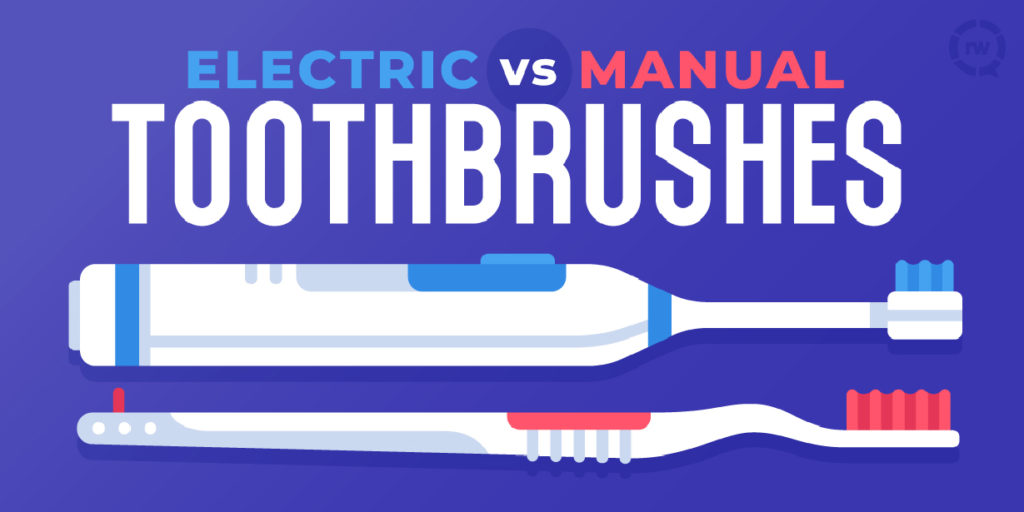
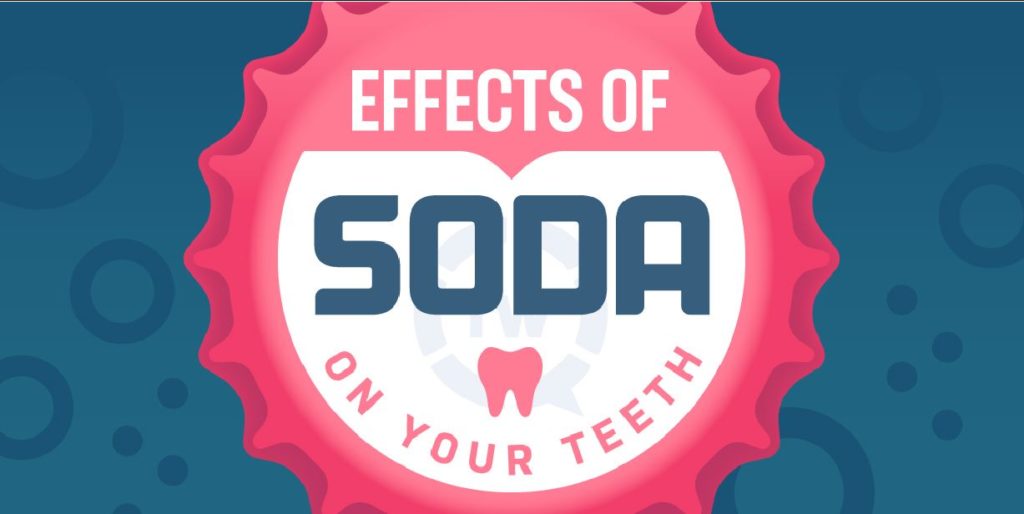
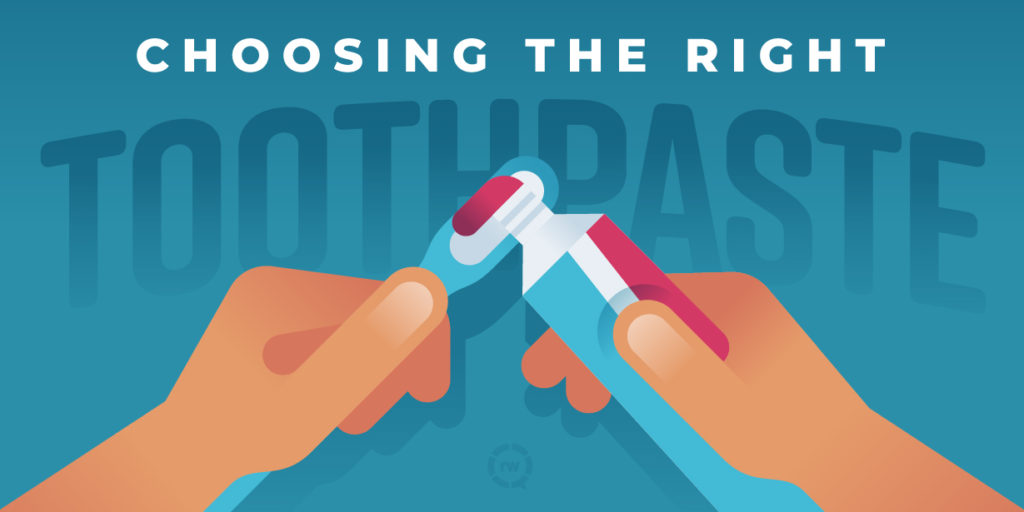

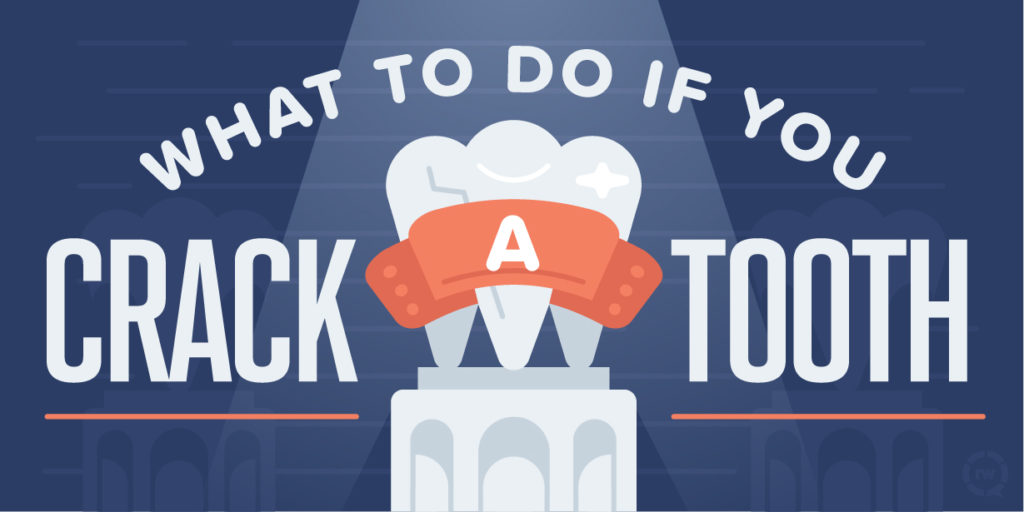

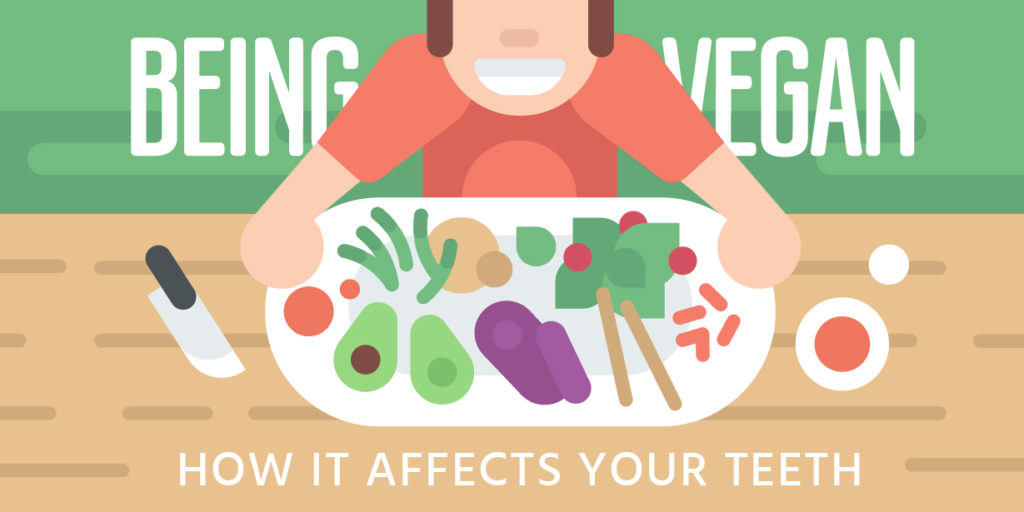
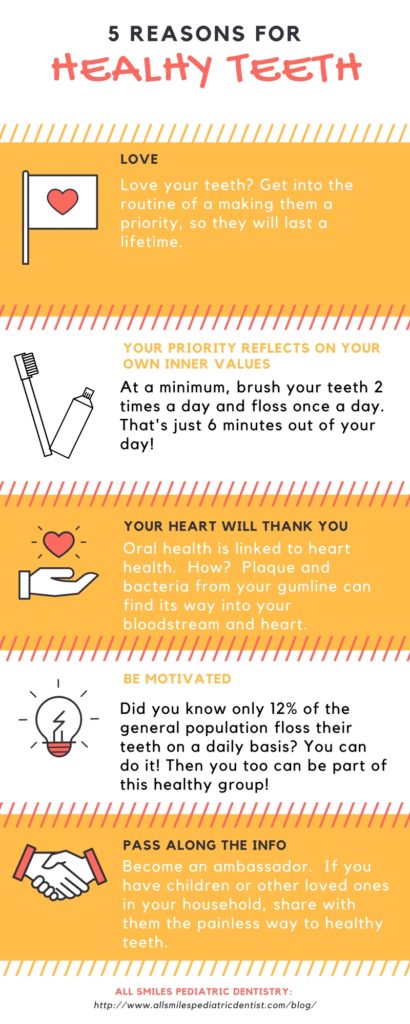

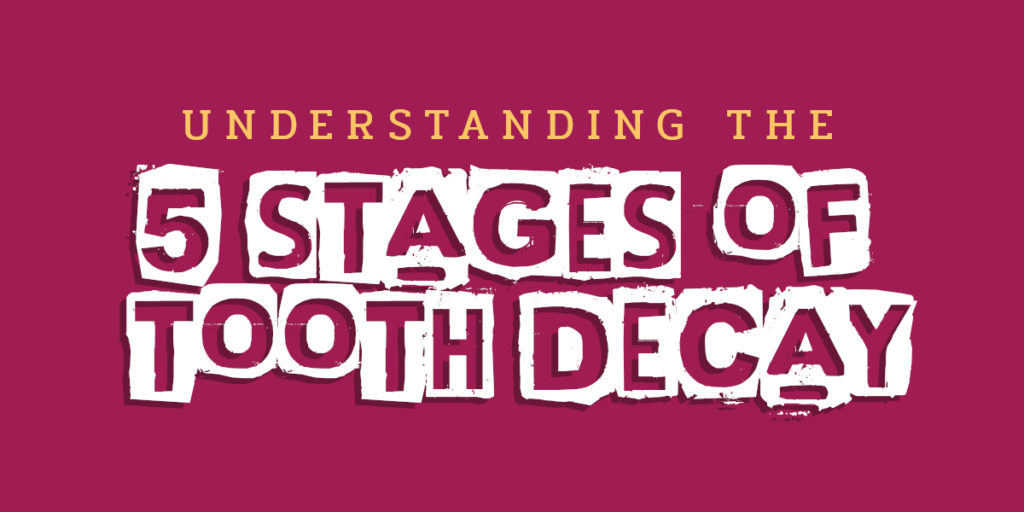

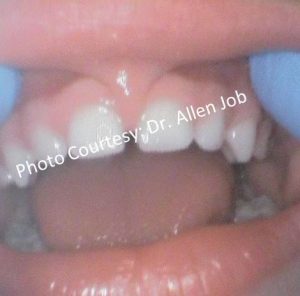
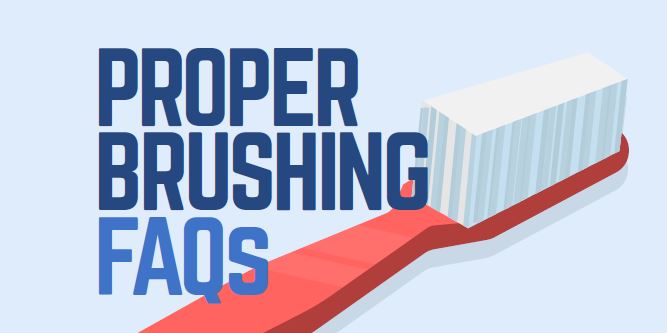
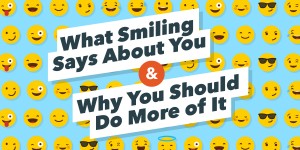
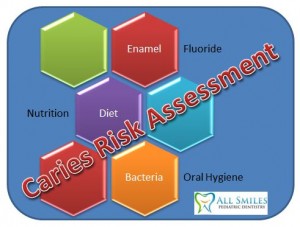








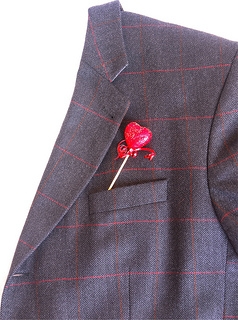


 Baby toothbrushing teeth[/caption]
Baby toothbrushing teeth[/caption]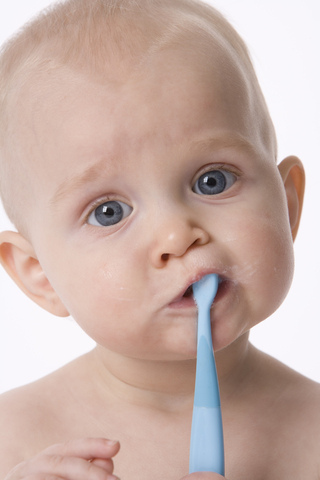







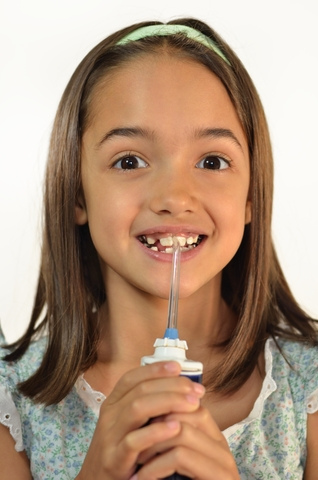
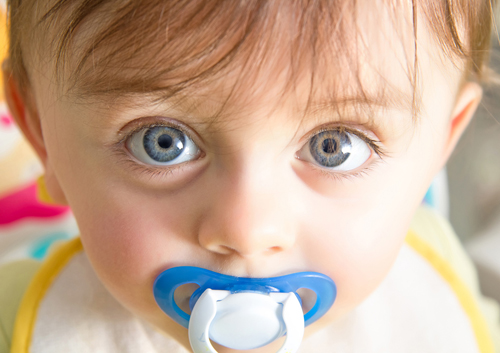



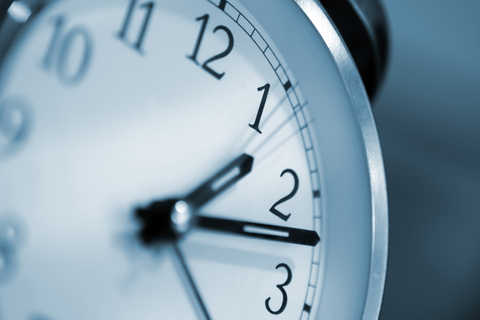


 Easing the Teething Blues[/caption]
Easing the Teething Blues[/caption] Labor Day: Our favorite holiday to rest![/caption]
Labor Day: Our favorite holiday to rest![/caption] Can children be at risk for developing periodontal disease?[/caption]
Can children be at risk for developing periodontal disease?[/caption] Healthy Diet for Adolescents[/caption]
Healthy Diet for Adolescents[/caption] How do I make my child’s diet safe for his or her teeth?[/caption]
How do I make my child’s diet safe for his or her teeth?[/caption] Dental Fear in Children: Brought on by parents?[/caption]
Dental Fear in Children: Brought on by parents?[/caption] What’s an intraoral camera?[/caption]
What’s an intraoral camera?[/caption] Sealants: What are they and how do they help?[/caption]
Sealants: What are they and how do they help?[/caption]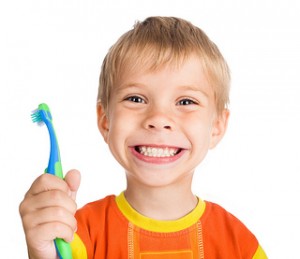
 Can my child really avoid tooth decay?[/caption]
Can my child really avoid tooth decay?[/caption] Fun Facts for the Fourth[/caption]
Fun Facts for the Fourth[/caption]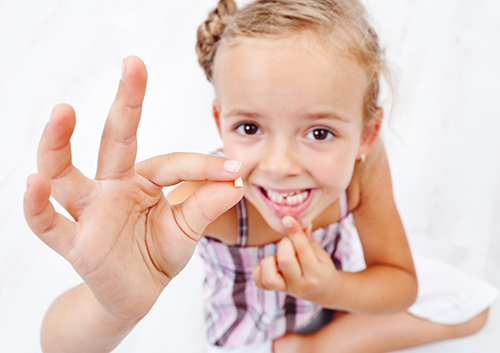
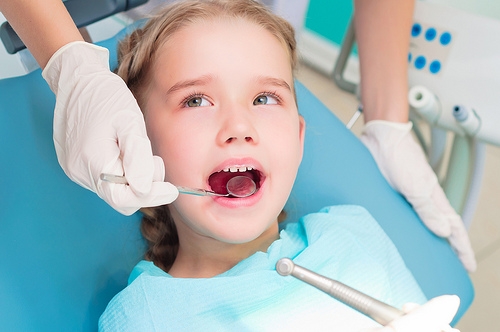 Treatment and Diagnosis for Your Child’s Teeth Grinding[/caption]
Treatment and Diagnosis for Your Child’s Teeth Grinding[/caption] What is hyperdontia?[/caption]
What is hyperdontia?[/caption] Tips to Help You Beat the Heat This Summer[/caption]
Tips to Help You Beat the Heat This Summer[/caption]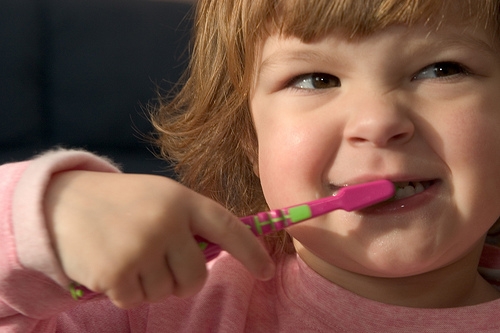 They're just baby teeth, right?[/caption]
They're just baby teeth, right?[/caption] Memorial Day and Getting Ready for Summer[/caption]
Memorial Day and Getting Ready for Summer[/caption] Is there a connection between oral health and school performance?[/caption]
Is there a connection between oral health and school performance?[/caption] Wishing all our moms a happy Mother’s Day![/caption]
Wishing all our moms a happy Mother’s Day![/caption] How often does my child need to see the dentist?[/caption]
How often does my child need to see the dentist?[/caption] Make Every Day Earth Day[/caption]
Make Every Day Earth Day[/caption] The Thumb-Sucking Habit[/caption]
The Thumb-Sucking Habit[/caption]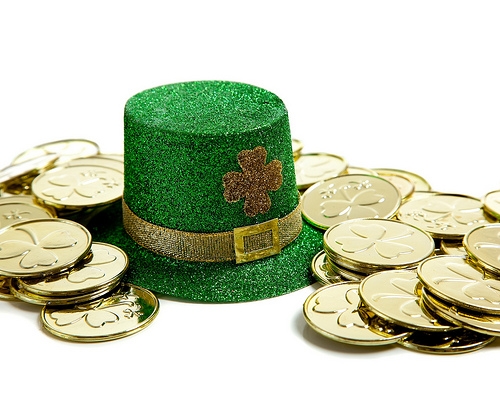 St. Patrick's Day: Celtic pride, green shamrocks, and lucky charms![/caption]
St. Patrick's Day: Celtic pride, green shamrocks, and lucky charms![/caption] March is National Nutrition Month![/caption]
March is National Nutrition Month![/caption] Why Baby Teeth Matter[/caption]
Why Baby Teeth Matter[/caption]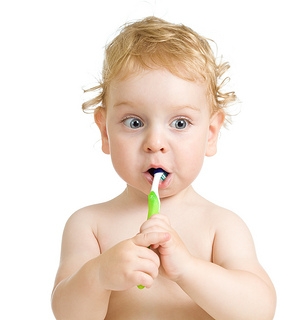 Beat the Brushing Battle[/caption]
Beat the Brushing Battle[/caption] Valentine's Day History[/caption]
Valentine's Day History[/caption] The Importance of Oral Health Care for your Child[/caption]
The Importance of Oral Health Care for your Child[/caption] Pediatric Dentistry Q&A[/caption]
Pediatric Dentistry Q&A[/caption]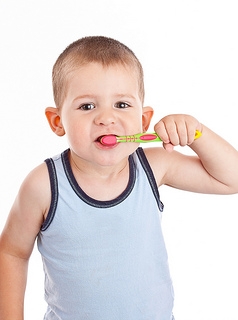 How to Brush a Two-Year-Old’s Teeth Effectively[/caption]
How to Brush a Two-Year-Old’s Teeth Effectively[/caption] Snacks for Healthy Teeth[/caption]
Snacks for Healthy Teeth[/caption] What is baby bottle tooth decay?[/caption]
What is baby bottle tooth decay?[/caption]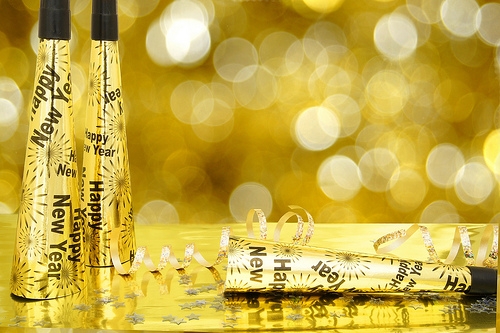 New Year's Eve[/caption]
New Year's Eve[/caption] Why should I have my child’s wisdom teeth removed?[/caption]
Why should I have my child’s wisdom teeth removed?[/caption] Periodontal Disease in Adolescents[/caption]
Periodontal Disease in Adolescents[/caption] My child is getting blood blisters; is this normal?[/caption]
My child is getting blood blisters; is this normal?[/caption]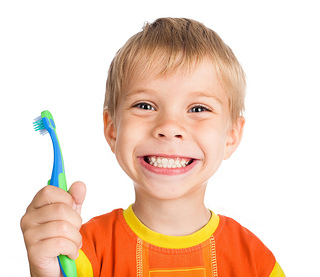 What kind of toothbrush and toothpaste should my child use?[/caption]
What kind of toothbrush and toothpaste should my child use?[/caption] Thanksgiving[/caption]
Thanksgiving[/caption] Is your child a mouth breather?[/caption]
Is your child a mouth breather?[/caption]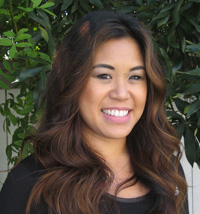
 Good Dental Hygiene Impacts Overall General Health[/caption]
Good Dental Hygiene Impacts Overall General Health[/caption] The Intriguing History of Halloween[/caption]
The Intriguing History of Halloween[/caption] How to Care for a Teething Baby[/caption]
How to Care for a Teething Baby[/caption] My child has autism. What should we expect at your office?[/caption]
My child has autism. What should we expect at your office?[/caption]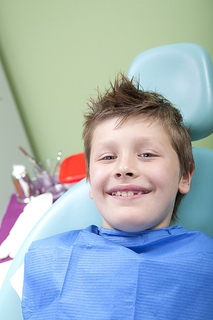 How do I handle my child’s dental emergency?[/caption]
How do I handle my child’s dental emergency?[/caption] What's on your fall reading list?[/caption]
What's on your fall reading list?[/caption] How do you accommodate a child with special needs?[/caption]
How do you accommodate a child with special needs?[/caption] Understanding Cavities[/caption]
Understanding Cavities[/caption] Who’s afraid of the dentist?[/caption]
Who’s afraid of the dentist?[/caption] Celebrate Labor Day by Getting Away[/caption]
Celebrate Labor Day by Getting Away[/caption] Celebrate Labor Day by Getting Away[/caption]
Celebrate Labor Day by Getting Away[/caption] Common Emergency Care Visits: Toothaches or abscesses[/caption]
Common Emergency Care Visits: Toothaches or abscesses[/caption] Steer clear of that candy![/caption]
Steer clear of that candy![/caption] What is hand-foot-and-mouth disease?[/caption]
What is hand-foot-and-mouth disease?[/caption]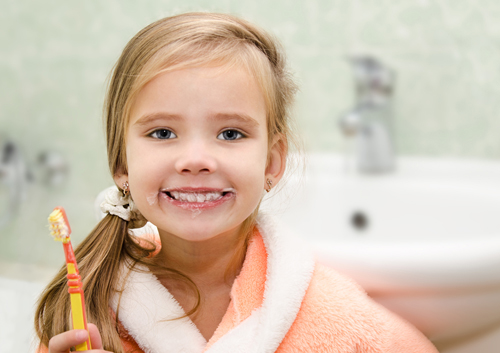 How to Make Brushing Fun[/caption]
How to Make Brushing Fun[/caption]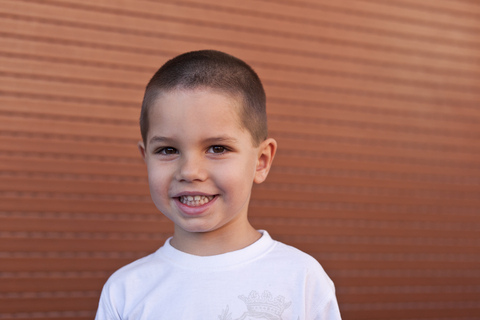 How much calcium does my child need?[/caption]
How much calcium does my child need?[/caption] Five Nutrition Tips for Healthy Kids' Smiles[/caption]
Five Nutrition Tips for Healthy Kids' Smiles[/caption] Happy Fourth of July![/caption]
Happy Fourth of July![/caption] How Our Office Makes Your Child’s Visit Anxiety-Free[/caption]
How Our Office Makes Your Child’s Visit Anxiety-Free[/caption] Is dairy crucial to my child's oral health?[/caption]
Is dairy crucial to my child's oral health?[/caption] Fluoride Use in Adolescents[/caption]
Fluoride Use in Adolescents[/caption] June is National Smile Month: Show off your smile![/caption]
June is National Smile Month: Show off your smile![/caption]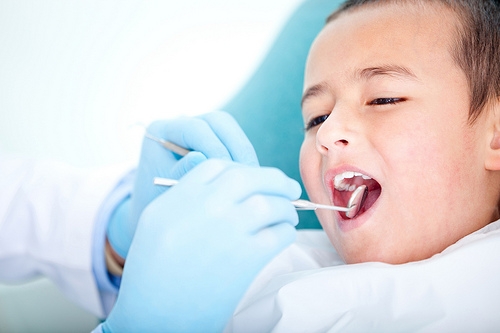 Use Pediatric Dentists to Treat Children[/caption]
Use Pediatric Dentists to Treat Children[/caption] Memorial Day: Parades, remembrance, and the unofficial start of summer![/caption]
Memorial Day: Parades, remembrance, and the unofficial start of summer![/caption] Gum Disease and Your Child[/caption]
Gum Disease and Your Child[/caption] May Marks National Physical Fitness and Sports Month![/caption]
May Marks National Physical Fitness and Sports Month![/caption] Sealants Protect Your Child’s Teeth from Decay[/caption]
Sealants Protect Your Child’s Teeth from Decay[/caption] Navigating the World of Dental Insurance Terminology[/caption]
Navigating the World of Dental Insurance Terminology[/caption] Every Day is Earth Day[/caption]
Every Day is Earth Day[/caption] Preventing Tooth Decay in Children[/caption]
Preventing Tooth Decay in Children[/caption] What's on your child's reading list?[/caption]
What's on your child's reading list?[/caption]